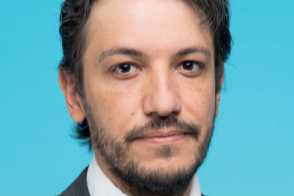Average allocations to assets eligible for cashflow-driven investing (CDI) have more than doubled over the past 18 months, according to a study by financial technology company RiskFirst.
The trend has been driven by increasing allocations to infrastructure investments and a reduction in traditional return-seeking investments, according to the report. The authors also said the findings could indicate that asset owners were expecting a recession in the next two years.
The analysis was based on data drawn from RiskFirst’s risk management platform PFaroe servicing 3,000 pension plans and covering over £1trn of assets. A spokesman said the analysis was global but driven by data from UK asset owners and managers.
According to the report, while asset owners’ and asset managers’ overall allocation to CDI-eligible assets had more than doubled since the beginning of 2018, return-seeking equity-like investments were also decreasing at a similar rate.
It said: “This is more subtle than the previous decade’s move from equities into bonds, and the data shows that one of the biggest drivers has been increasing allocations to infrastructure investments.”
It continued: “The investment trend to disinvest from equities during periods of recession and invest instead into fixed income types of instruments has been well tested over time. Many consultants and managers may well be anticipating a recession in the next 12 to 24 months, which would make the case for steady cashflow and fixed income assets even stronger for a well-funded defined benefit pension plan.”
Matthew Seymour, CEO, RiskFirst, said: “While no one knows when the next recession will kick in, one thing is certain: CDI is a strategy whose time has come.”
CDI matches the timing of the underlying cash inflows on the asset side with cash outflows on the liability side, in an attempt to provide better returns, on a risk-adjusted basis, than the traditional portfolio asset combinations of equities and bonds.
This is usually achieved by re-allocating some of the return-seeking part of the portfolio into more alternative types of assets – such as private credit, infrastructure and insurance-linked securities – that rely on steady cashflow streams, usually with a lower probability of default over the duration of the respective asset.









No comments yet